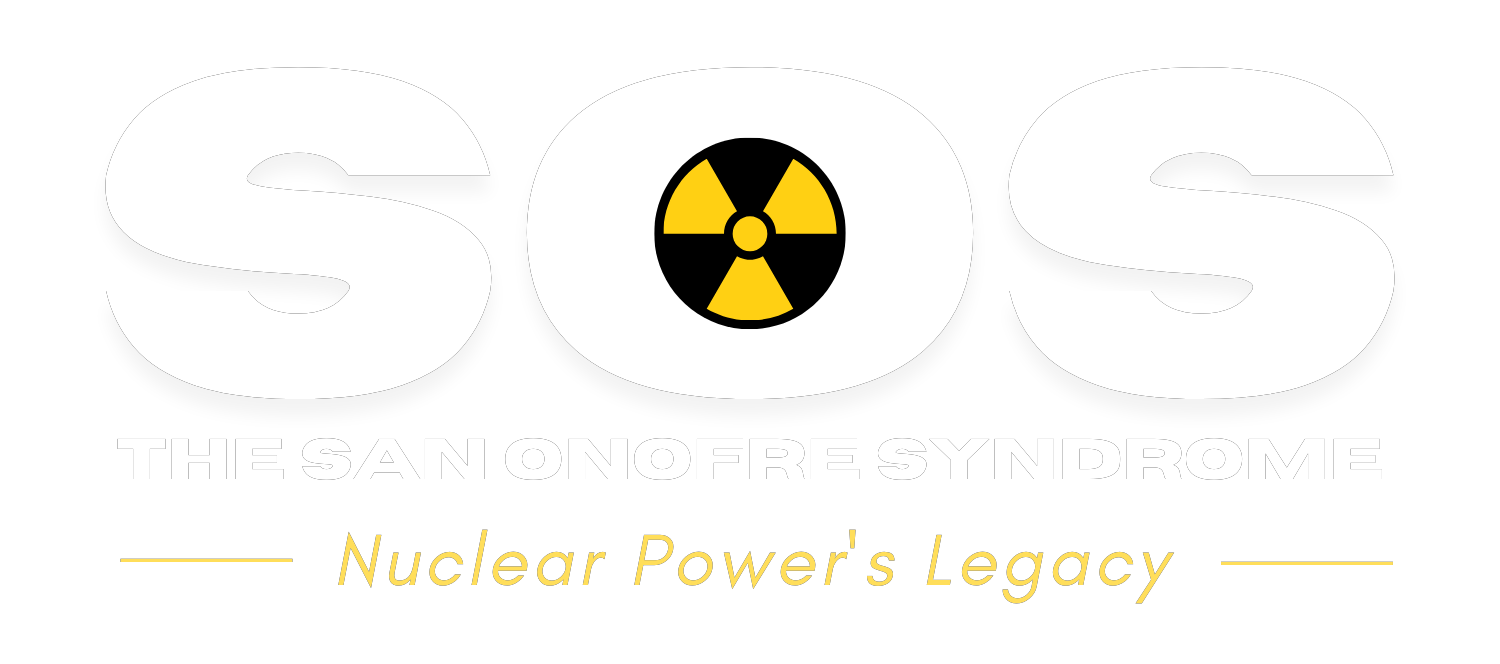Radiation releases from San Onofre into Pacific Ocean: Reason for health concerns?
August 9, 2020 — Orange County Register — Teri Sforza
Radiation releases from San Onofre into Pacific Ocean: Reason for health concerns?
For more than 50 years, wastewater with traces of radioactivity has been regularly released into the ocean a mile offshore from the San Onofre Nuclear Generating Station.
These “liquid batch releases” are regulated by, and reported to, the Nuclear Regulatory Commission, and details are available in NRC records. But those records are a bit inscrutable to folks without engineering degrees.
Recently, however, operator Southern California Edison — after requests from the Surfrider Foundation and others seeking greater transparency as the shuttered plant is torn down — began publishing advance notice of batch releases on its website. And while releases are significantly less frequent now than when the plant was splitting atoms, the details have prompted concern among people who aren’t convinced there’s any “safe” release of man-made radiation into the environment.
The latest liquid batch release from San Onofre happened on Thursday, Aug. 6, a historic day: the 75th anniversary of the Hiroshima bombing, and the day Edison was placing its last canister of nuclear waste into dry storage. It released about 20,000 gallons of water into the ocean at a depth of 50 feet. It took about four hours and had a total dose of 0.000722 millirem.
If someone drank the entire 20,000 gallons, they’d get just a fraction of the annual whole body radiation dose limit set by federal officials, Edison says. And once that wastewater mixes with millions of gallons of ocean water, it becomes so diluted that radiation is undetectable.
Critics skeptical
That’s not much comfort to critics.
“One low-level discharge of radiation may not have an obvious immediate impact. But ionizing radiation damages cell DNA and the effects on health are cumulative,” said Roger Johnson, a retired neuroscience professor in San Clemente, by email.
“After thousands of exposures over decades it would not be surprising to find cancer clusters for those living near nuclear power plants, especially for children. … Over 100 million Americans live within 50 miles of a nuclear power plant. Perhaps this contributes to making cancer the number one killer in the country.”
